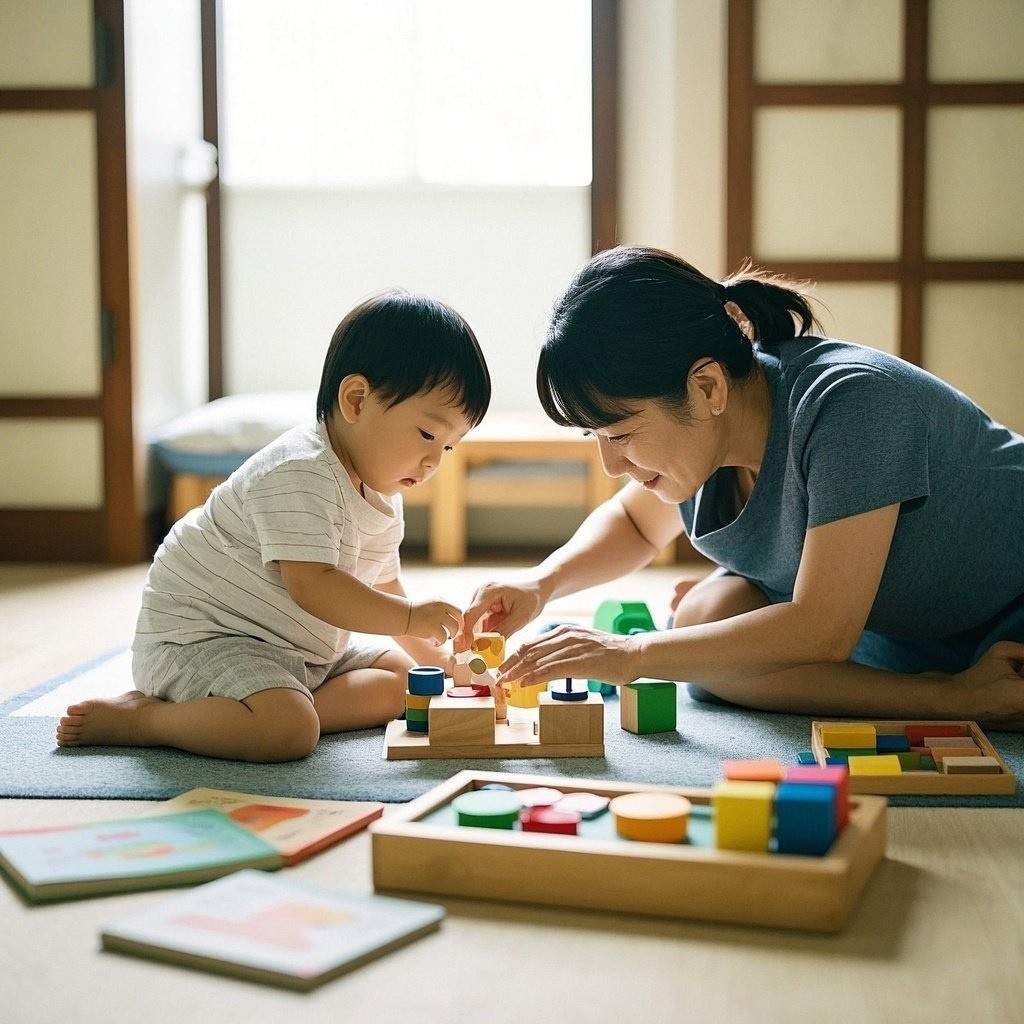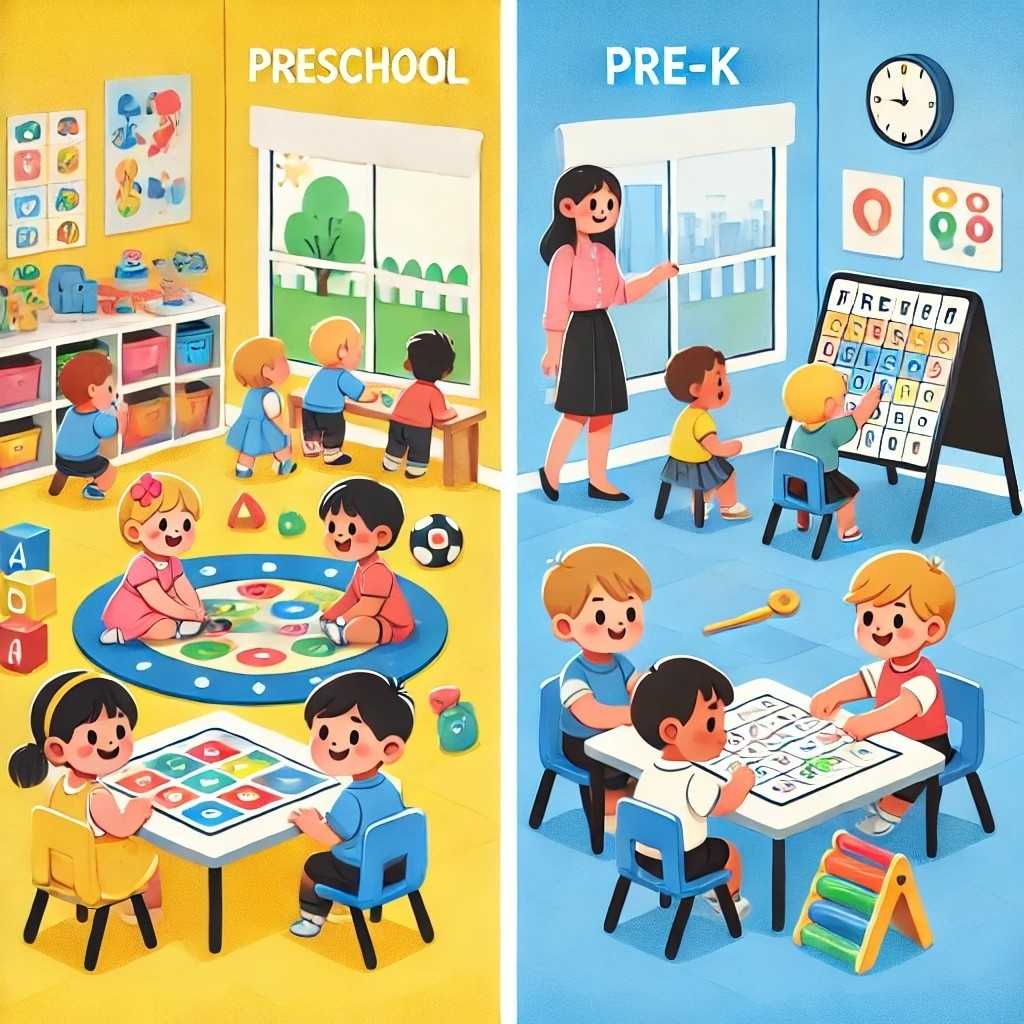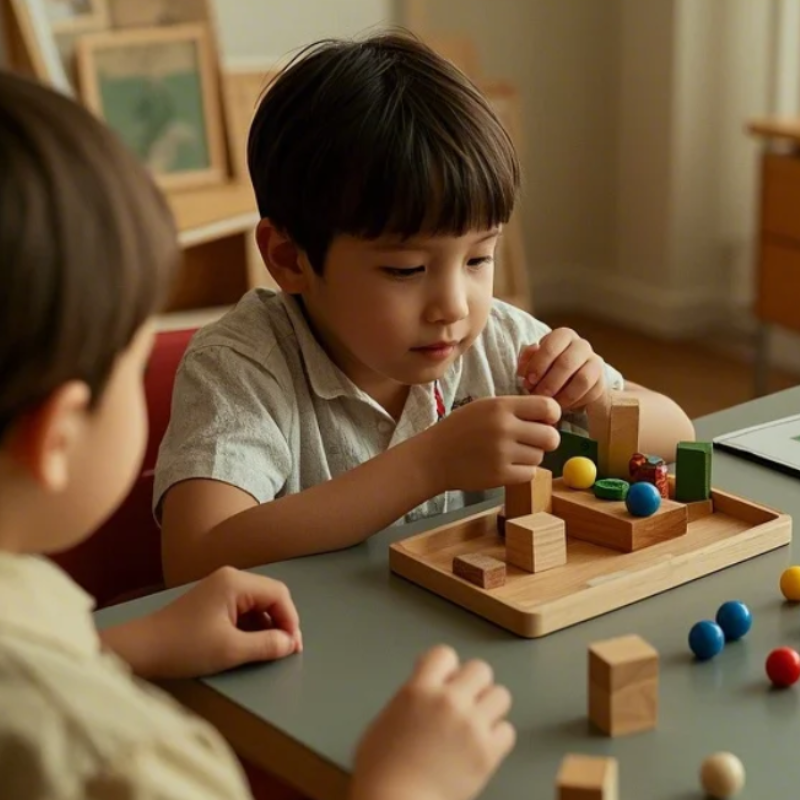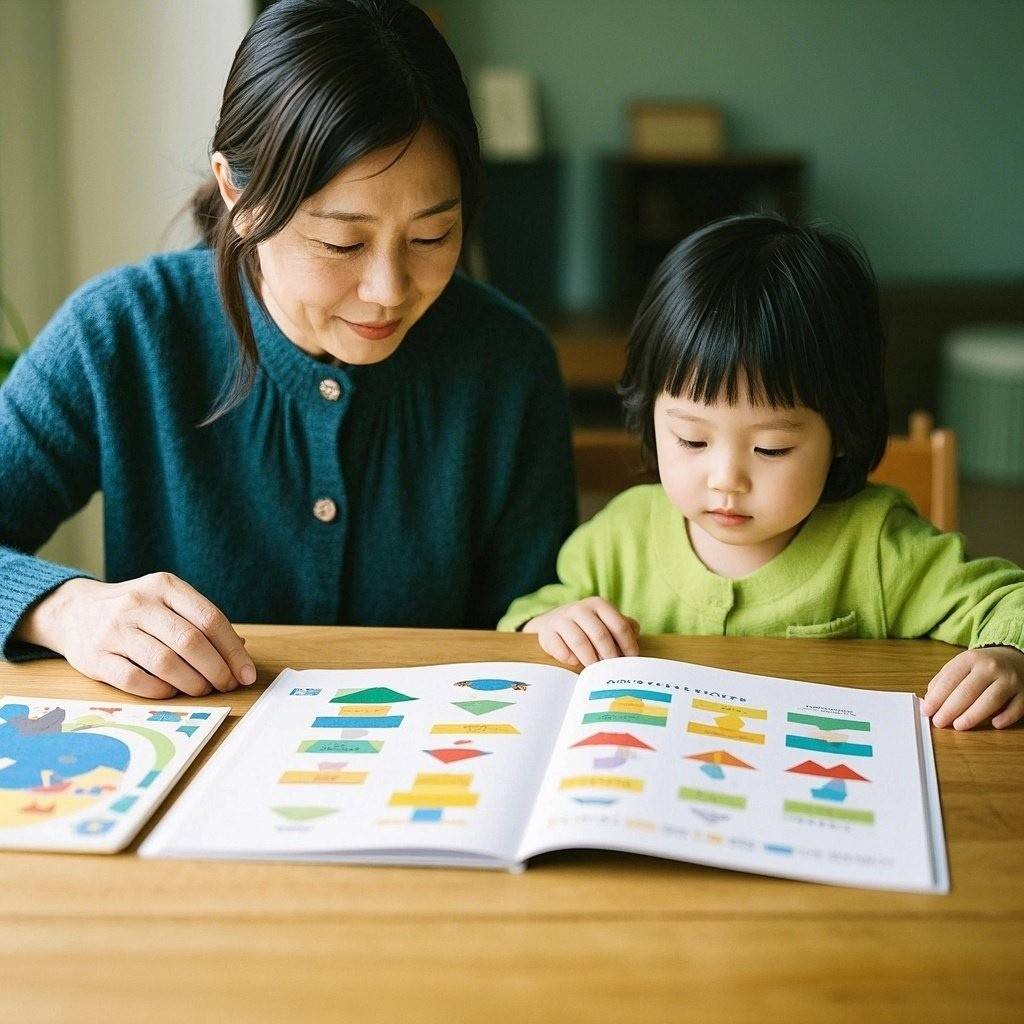Introduction to Montessori Parenting
Montessori parenting is an approach inspired by the educational philosophies of Dr. Maria Montessori, an Italian physician and educator who developed her method in the early 1900s. While her original work focused on classroom settings, many of her insights are equally applicable in a home environment. The core of Montessori parenting emphasizes respect for the child’s individuality, encouragement of independence, and the cultivation of intrinsic motivation. Rather than relying on external rewards or punishments, Montessori parenting supports a child’s natural curiosity and desire to learn, instilling a genuine love for discovery.
One of the defining characteristics of Montessori parenting is recognizing that children are capable learners. When they are provided with the right environment and tools, they can take a surprisingly active role in their own development. From a Montessori perspective, children are not empty vessels waiting to be filled with adult knowledge; instead, they are naturally inclined to explore and absorb information through hands-on experiences.
The benefits of adopting Montessori parenting can be significant. Not only does it foster a positive, respectful relationship between parent and child, but it also helps children develop self-reliance, resilience, and critical thinking skills. These competencies are increasingly valuable in today’s world, where adaptability and creative problem-solving are key. Ultimately, Montessori parenting seeks to nurture the whole child—cognitively, emotionally, and physically—preparing them to navigate life with confidence and empathy.
1. Understanding the Montessori Philosophy
At its heart, the Montessori philosophy is based on the principle of “following the child.” Dr. Montessori believed each child has an inner directive that leads them to explore and master particular skills at the right time. By observing children carefully, adults can identify what they are most drawn to and tailor activities or lessons to align with those interests. This approach stands in contrast to more traditional education or parenting methods, where adults dictate what and how a child should learn at a fixed pace.
Key Elements of the Montessori Philosophy:
- Child-Centered Learning: Children make choices about their activities within a structured environment. This balance of freedom and guidance promotes autonomy and decision-making skills.
- Sensitive Periods: Dr. Montessori observed that children go through “sensitive periods” for acquiring specific skills—such as language or order—during which they learn more effectively. Recognizing and supporting these sensitive periods helps children develop foundational skills more naturally.
- Prepared Environment: The physical setup of a child’s environment plays a crucial role in Montessori parenting. Every item, from furniture to learning materials, is designed or chosen to be accessible and aligned with the child’s developmental stage.
- Respect for the Child: Montessori parenting recognizes the child as an individual with unique potential. Consistent respect for a child’s pace, choices, and ideas is a cornerstone of the approach.

Because of its emphasis on observation, Montessori parenting also encourages continuous learning for adults. By noticing a child’s changing needs and interests, parents can respond appropriately—whether that means providing new materials, adjusting the home environment, or offering guidance at just the right moment. This dynamic relationship is central to helping children reach their full potential.
2. Creating a Prepared Environment at Home
A crucial aspect of Montessori parenting involves creating a “prepared environment” that encourages exploration, independence, and self-directed learning. While this can sound intimidating, it often involves simple adjustments to the home to make it more accessible and child-friendly. By being intentional about the way objects and materials are organized, you provide children with the opportunity to learn and play without constantly seeking adult assistance.
Child-Friendly Layout and Furniture
- Low Shelves and Tables: Instead of tall shelves or large furniture that children can’t reach, opt for low shelves where kids can see their activity options. Also, use child-sized tables and chairs that enable them to sit comfortably and safely.
- Accessible Storage: Store toys, books, and learning materials in labeled baskets or on low shelves. This encourages kids to retrieve and put away items independently, promoting both organization and responsibility.
- Safe and Inviting Spaces: Ensure the rooms children use most frequently—like the living area and their bedroom—are free from hazards. Replace fragile or dangerous items with sturdier ones, and consider child-safe locks where truly necessary.
Thoughtful Selection of Materials
- Open-Ended Toys and Tools: Montessori parenting favors materials that spark curiosity and creativity. Wooden blocks, puzzle sets, and simple crafts often work well because they invite exploration rather than dictate a single “correct” way to play.
- Real-Life Tools for Practical Activities: Children love to imitate adults. Providing child-safe utensils in the kitchen or small cleaning tools—like a mini-broom and dustpan—helps them learn practical life skills while satisfying their desire to mimic grown-up tasks.
- Rotation of Activities: Children may become overwhelmed if presented with too many toys or learning materials at once. By rotating items, you maintain freshness and keep children’s interest levels high.

When the environment is thoughtfully prepared, children can move around with a sense of purpose. They learn naturally through interaction with their surroundings, often requiring minimal adult intervention. This autonomy builds their confidence and sense of competence, which are essential for healthy development.
3. Encouraging Independence and Self-Discipline
Montessori parenting places great emphasis on helping children cultivate independence and self-discipline. This involves trusting them to take on tasks that adults may typically do, such as dressing themselves, helping set the table, or cleaning up spills. While these tasks might take longer at first, they lay a foundation for perseverance, problem-solving, and accountability.
Practical Ways to Foster Independence
- Offer Choices: Instead of directing every action, give children options—like choosing between two outfits or deciding whether to read a book before or after lunch. Such choices teach them decision-making and responsibility for their actions.
- Allow Time for Self-Correction: When children make mistakes—spilling juice or forgetting a step in a chore—guide them patiently rather than stepping in immediately. Encourage them to find a solution, whether it’s wiping up a spill or re-checking their work.
- Model, Don’t Hover: Demonstrate a task once or twice, then let the child attempt it independently. Provide support only if they genuinely struggle or ask for help. This respectful distance communicates your faith in their abilities.

Building Self-Discipline Through Natural Consequences
A key component of Montessori parenting is the use of natural and logical consequences rather than arbitrary punishments. If a child forgets to put a toy away, they might not be able to find it later. The child then learns the value of order and tidiness from direct experience. This approach not only encourages discipline but also develops a child’s sense of cause and effect, helping them understand the real-world impact of their choices.
4. Embracing Hands-On Learning Activities
Hands-on learning is at the heart of the Montessori method. Children learn best through tangible, concrete experiences that engage their senses. This approach goes beyond memorizing facts; it encourages curiosity, creativity, and a deeper understanding of the world.
Examples of Engaging Activities
- Practical Life Exercises: Washing dishes, pouring liquids, or folding laundry. These tasks may seem mundane, but they refine motor skills, teach responsibility, and boost self-confidence.
- Sensorial Exploration: Activities like sorting objects by size, shape, or color help children develop and refine their senses, laying the groundwork for more complex cognitive tasks. For instance, you might provide a set of geometric solids or color tablets to compare and categorize.
- Language Development: Montessori language activities often begin with phonetic awareness. Children can match letters to corresponding initial sounds using picture cards or trace sandpaper letters to familiarize themselves with letter formation.
- Mathematics: Montessori math materials include number rods, sandpaper numerals, and the famous golden beads. These materials allow children to physically manipulate quantities, helping them grasp numerical concepts concretely before moving on to abstraction.

Cultivating a Lifelong Love of Learning
When children actively participate in creating their own learning experiences, they develop a positive association with education. Rather than feeling that lessons are forced upon them, they see learning as a process of exploration that satisfies their curiosity. Over time, this fosters a resilient, growth-oriented mindset—children become willing to embrace new challenges and persist when tasks become difficult.
5. Fostering a Love for Nature and the Outdoors
Dr. Montessori placed a high value on connecting children with the natural world. The Montessori method encourages time spent outdoors to cultivate a sense of wonder, responsibility for living things, and respect for the environment. Whether you live in an urban setting or have easy access to a backyard, there are numerous ways to incorporate nature into your child’s daily routine.
Ideas for Incorporating Nature
- Gardening Together: Planting seeds and caring for a small garden plot teaches children about the life cycle of plants, the importance of nurturing living things, and patience.
- Nature Walks: Simple walks can turn into mini-expeditions when children are encouraged to observe and collect interesting objects—like leaves or rocks—and discuss what they find.
- Outdoor Practical Life Tasks: Caring for outdoor spaces—watering plants, raking leaves, or picking up litter—helps children develop ownership and pride in their environment.
- Nature Journals: Encourage children to draw or write about what they see outside. This not only improves observation skills but also builds early writing abilities in a fun, interactive context.

Environmental Stewardship
Montessori parenting also integrates lessons on stewardship. By teaching children to recycle, conserve water, or treat animals gently, parents instill values of empathy and responsibility. These lessons extend beyond the immediate environment—children learn that their actions have a broader impact on the planet and the people around them. Engaging with nature in this conscious way can spark a deeper appreciation and a lifelong commitment to environmental care.
Conclusion
Montessori parenting is a holistic approach that seeks to honor each child’s individuality, nurture their natural inclinations, and guide them toward becoming confident, empathetic, and self-reliant individuals. By carefully observing children and tailoring their home environment, parents can create the right conditions for growth—physically, cognitively, and emotionally. Allowing children to explore hands-on activities, experience natural consequences, and spend ample time in nature can inspire a genuine love of learning and foster healthy, respectful relationships within the family.
Ultimately, Montessori parenting is not about rigid adherence to a specific method; rather, it is about adopting a mindset that values curiosity, independence, and respect for the child’s natural development. In doing so, parents can provide a supportive environment that allows each child to thrive according to their own unique rhythm—an investment that can yield a lifetime of positive outcomes.





